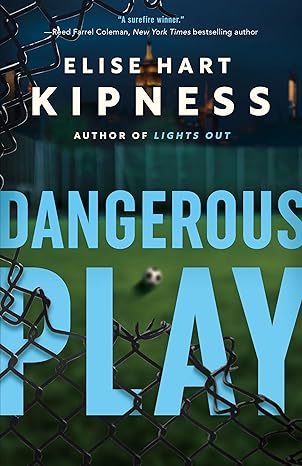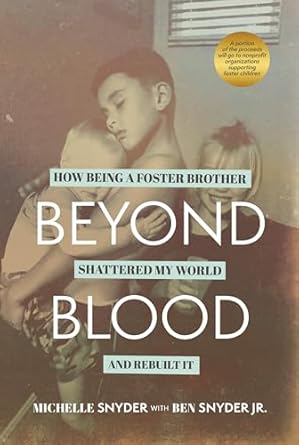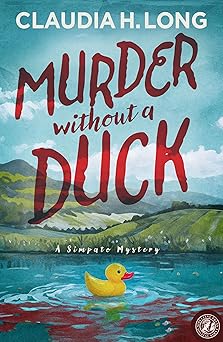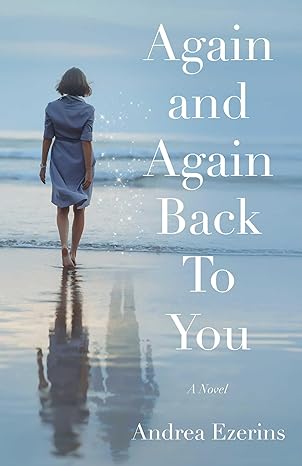Falling in Love with the Supporting Cast By Valerie Taylor
Falling in Love with the Supporting Cast
By Valerie Taylor
 Do you believe in coincidences? I do. Let me tell you why.
Do you believe in coincidences? I do. Let me tell you why.
Coming up with a unique blog topic these days can be a challenging and head-scratching proposition. Granted, with Google at our fingertips, it shouldn’t be all that difficult for authors. All it takes is one quick search and multiple lists of ideas pop up. I know, because I’m guilty of searching the Google machine myself. What I discovered was that many topics in my wheelhouse, i.e., writing and publishing, have already been blogged about extensively.
What, then, was this writer to do? Easy. I sat still, closed my eyes, and meditated; thereby, clearing my head of those top 100 lists. Then I asked myself this question: What do I enjoy most about my writing process? Undoubtedly, it’s bringing my characters—all of my characters—to life through their words. Especially the supporting characters.
So, this provided me with a choice. Do I blog about writing dialogue or about the role of supporting characters?
And that’s when things got interesting.
I know you’ve heard authors say this before: “When I’m not writing, I’m reading.” In my case, it’s true. Last night, between all the cozy mysteries I’ve been studying recently, I decided to dive into Lessons in Chemistry by Bonnie Garmus (Doubleday, 2022). Reading the description on the inside front flap, I almost tumbled out of bed. It portrays this very funny novel as having “a dazzling cast of supporting characters.”
Really? Coincidence? A sign? Whichever. The decision was obviously made for me. I would blog about why I fall in love with the cast of characters in literary and film whose main role in life is to be the protagonist’s foil.
My first task was to define what is meant by supporting characters and then determine if those characters in Lessons in Chemistry were truly dazzling.
Returning to the Google machine, I learned supporting characters come in all shapes and sizes and in two levels. Secondary and tertiary. The most obvious secondary character is the antagonist; the one who challenges the protagonist and often sets up roadblocks that must be hurdled. Besides the antagonist, other characters in second place could include a sidekick, lover, friend, sibling, mentor, and sometimes even a pet. You get the picture. These characters are essential to moving the plot along and revealing the protagonist’s nature, often through dialogue.
That said, a tertiary character is one whose absence wouldn’t be noticed if they weren’t in the story to begin with. For example, a store clerk, joggers passing by, a flight attendant. Often they are in the story to provide window dressing or for color commentary, especially when it comes to describing the setting.
So, with all that knowledge, I set out to give Lessons in Chemistry the first-fifty-page test. I can confirm two things, there is a full cast of characters (both secondary and tertiary), and they are much more than merely dazzling.
Elizabeth, the hero of the novel, is supported by a cast that includes a lover, child, friend, abuser, as well as colleagues, admissions staff, and her daughter’s schoolmate’s father. All within the first fifty pages. In stunning prose, Garmus introduces characters that arouse in us wide-ranging emotions. Emotions like anxiety, sadness, panic, disgust; as well as, compassion, admiration, and love.
On top of all that, and in my opinion, Garmus positions society as a whole as the villain (the antagonist) in this story. As Elizabeth interacts with her large supporting cast, it is often how they apply societal norms of the late 1950s/early 1960s to her challenges, dilemmas, and dreams that we see Elizabeth for whom she really is. Many of us who grew up in that generation will find Elizabeth’s story not only relatable, but also gut-wrenching, as we re-live our own experiences through hers. Thank God, we’ve come a long way baby. Hopefully, there’s still more progress to come.
Clearly, Lessons in Chemistry is a lesson in how to create meaningful supporting characters readers will embrace, love, and long remember.
Throughout literary and film history, writers have sprinkled their stories with supporting characters whose names, if not their actions, are ingrained in our culture forever. Often it’s in the role of the sidekick. We’ll never forget Robin, of the Batman duo. Or Sherlock Holmes’s pal, Dr. Watson. Or what about Harry Potter’s wizardry friends, Ron and Hermione?
In fact, sometimes it’s the sidekick who lingers in our memory. In the movie Castaway, as an example, whose name do you recall more easily? Tom Hank’s character? Or the volleyball’s? And is it because Chuck Noland named him, or is it because Wilson actually helped keep him alive?
For writers, creating versatile supporting characters can yield unexpected benefits. In writing a series, a secondary character in one book can be promoted to a larger role, say as the antagonist, in a sequel. And you never know when one of them will become the lead in your next work in progress.
Coincidentally, I’m preoccupied these days with writing the first book in my cozy mystery series. It’s chock full of characters who have quite a bit to say about the sudden demise of one of their neighbors. Front and center is a woman who is a pillar of the community, a businessowner, a mover and a shaker. And, what do you know? She was one of the supporting characters in What’s Not Lost, the final installment of my romantic comedy trilogy. That’s right, I’m spinning one of my characters out of the romcom and casting her as the amateur sleuth in my cozy mystery series. And, in the process, I’m loving bringing her fully to life!
___
Published by Aspetuck Publishing in February 2023, What’s Not Lost takes its place beside its siblings, What’s Not Said and What’s Not True. Though the link below will take you to What’s Not Lost, the entire award-winning trilogy is available wherever you buy eBooks and paperbacks.
—
Valerie Taylor lived most of her life in Stamford, CT. She had a thirty-year career in the financial services industry as a marketer and writer. After her divorce, she spread her wings and relocated her career, first to Boston and then to Seattle. When she retired, she resettled in Shelton, CT, to be near her two grown children and granddaughter. She’s a published book reviewer with BookTrib.com; a member of Sisters in Crime, the Westport Writers’ Workshop, the Independent Book Publishers Association, and the Women’s Fiction Writers Association. She enjoys practicing tai chi and being an expert sports spectator.
Learn more at: www.valerietaylorauthor.com
Further notes:
Sign up for Valerie’s “Behind and Ahead” newsletter
Follow Valerie on Instagram
Follow Valerie on Twitter
Follow Valerie on Facebook
WHAT’S NOT LOST
 In each of the books in the What’s Not trilogy, Kassie O’Callaghan shares the stage with a robust supporting cast. Even in the short description below, how many cast members can you count? And then add the favorite of many readers—Topher, the precocious cat.
In each of the books in the What’s Not trilogy, Kassie O’Callaghan shares the stage with a robust supporting cast. Even in the short description below, how many cast members can you count? And then add the favorite of many readers—Topher, the precocious cat.
In What’s Not Lost, Kassie is convinced managing a company merger in Paris will complete her. When she learns her fiancé’s ex-girlfriend is pregnant, Kassie’s dreams come tumbling down. Despite pleas from her fiancé, her future mother-in-law, and her best friend, she flies off to Paris. On a side trip to Greece with the combined staff, she stumbles into a world of wine and roses, forcing her to redefine happily ever after.
BUY HERE
Category: How To and Tips
















